Atlanta has a mixed reputation for bike friendliness. The city earned a bronze award from the League of American Bicyclists. This award is based on several factors, including infrastructure engineering and enforcement of bicyclist protection laws. Conversely, in an analysis by a real estate company, Atlanta was rated among the least bikeable cities.
In both studies, the city earned low scores for bike infrastructure. Only some of the city’s roads have bikeways, leaving large sections accessible only by sharing lanes with motor vehicles. These areas can have a higher rate of bicycle accidents as a result.
Nevertheless, the city has a comprehensive bike and pedestrian plan that includes additional infrastructure for these vulnerable road users.
Atlanta Bicycle Crash Statistics
Georgia’s Department of Transportation (GDOT) provides a crash portal with comprehensive traffic crash statistics. In the most recent set of statistics, the state reported 610 collisions between bicycles and vehicles. Of these, 79 happened in Atlanta. This means that roughly 13% of all bicycle collisions in the state occurred within Atlanta city limits.
But most people think of the entire metro area when they think about Atlanta. When you expand the search to include the communities surrounding Atlanta, the GDOT reports 265 bicycle crashes, or just over 43% of the state’s bike accidents.
Bicycle Crash Outcomes
If you look at the incidents within Atlanta city limits, bicycle crashes had a 91% casualty rate. Specifically, 72 of the 79 bicyclists hit by motor vehicles suffered an injury. Fortunately, no cyclists suffered fatal injuries in 2022, according to the GDOT. Cyclist injuries included the following:
- 9 cyclists suffered incapacitating injuries and required an ambulance
- 28 cyclists had visible injuries that did not incapacitate them
- 28 cyclists complained of pain or other symptoms but had no visible injuries
- 7 cyclists had injuries of unknown severities
- 7 cyclists were uninjured
Only 16 of the cyclists hit by vehicles were wearing bicycle helmets. Half of these cyclists complained of pain, while 5 had minor injuries, and 3 had severe injuries.
Causes of Atlanta Bicycle Collisions
Out of the 79 crashes, 72 were blamed on the vehicle driver, and 7 were blamed on the cyclist. The following driving errors were the most commonly identified by the GDOT:
- Improper lane changes
- Failure to yield
- Tailgating
- Misjudging clearance
The most common cycling errors cited by the GDOT included:
- Riding on the wrong side of the road
- Failing to wear visible or reflective clothing
Thus, one scenario that leads to collisions between bicycles and motor vehicles occurs when vehicles try to overtake bicycles. Improper lane changes happen when the driver fails to leave enough space when moving into the cyclist’s lane after passing. Tailgating occurs when a driver follows a bicycle too closely before moving to overtake it.
Misjudging clearance happens when drivers do not leave enough space during the passing maneuver. Bicycles are entitled to the use of a full traffic lane. Impatient drivers often fail to move fully into the passing lane before overtaking a bicycle. By remaining partly in the bicycle’s lane, they crowd it and can knock it over or cause the cyclist to swerve.
When Bicycle Crashes Happen
The most common days of the week for bicycle accidents include Friday, Saturday, and Sunday. This differs from the most common days of the week for car crashes because most auto accidents occur on weekdays during morning and afternoon commutes. However, this difference makes sense because many recreational cyclists ride on weekends.
Bicycle accidents do peak during the afternoon. Roughly 36% of Atlanta bicycle crashes happen between 5 p.m. and 8 p.m. The remaining crashes center around lunchtime and late evening, when lighting may play a role.
Bicycle Crash Hotspots
The GDOT crash portal includes a mapping function that shows where bicycle collisions occur. Many of these accidents happen on roads without bikeways where cyclists are forced to ride in travel lanes or on the shoulder. Other bike crash hotspots develop at intersections with inadequate crossings.
Since Atlanta has fewer than a hundred bike accidents annually, you can more easily identify hotspots using crash data from multiple years. Looking at the past five years of crashes, the most likely locations for bicycle accidents include the following:
- Edgewood Ave. near the Georgia State University campus
- Techwood Dr. NW and 5th St. NW near the Georgia Tech campus
- GA-154/Trinity Ave. SW near the Georgia State Capitol and Atlanta City Hall
These crash hotspots developed where you would expect. These corridors have high bicycle use and motor vehicle congestion due to their locations.
Bicycle Infrastructure in Atlanta
Bikeways protect cyclists with space and, in some cases, barriers. Atlanta has several types of bikeways, including the following:
- Multi-use trails that prohibit motorized traffic, such as the Atlanta Beltline Eastside Trail
- Painted bike lanes along 17th St. and other major routes with designated bike space
- Protected bike lanes on Spring St. and short segments of other roads with barriers
- Two-way cycle tracks around Georgia Tech with barriers protecting two-way bikeways
Atlanta’s bicycle network does not yet cover the entire city. Its long-term plan includes developing a regional trail network.
Atlanta’s MARTA system accommodates bicycles on buses and trains to carry you to areas not yet connected to the bikeway system. Most train stations also offer free bicycle storage, but you must bring a lock. This system allows blended commutes using bikes and public transportation.
Is Biking In Atlanta Safe?
Atlanta has a solid start in building a bike-friendly community. However, until it creates the infrastructure needed to ride safely, you should take a few precautions. First, plan your route along roads with bikeways. When you cannot reach your destination using bikeways, consider using bike-friendly buses and trains.
Second, exercise caution when riding. You should try to anticipate the mistakes drivers will make when maneuvering around you, particularly when overtaking your bicycle.
Finally, wear protective gear, including a helmet and reflective clothing. Visibility often contributes to crashes and making yourself visible may help avoid one.
By following just a few tips, you can decrease your risk of a crash as you ride around Atlanta.


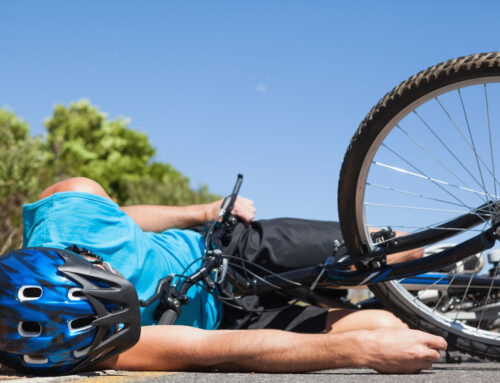

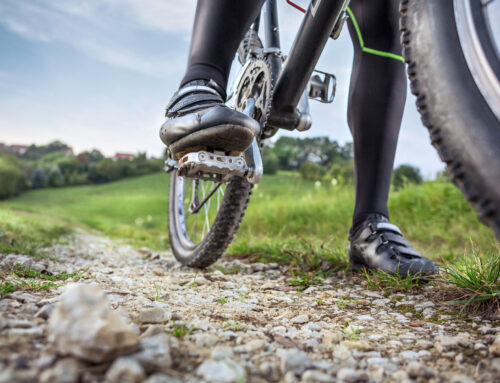

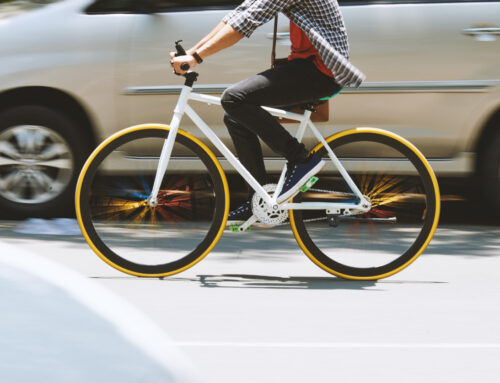



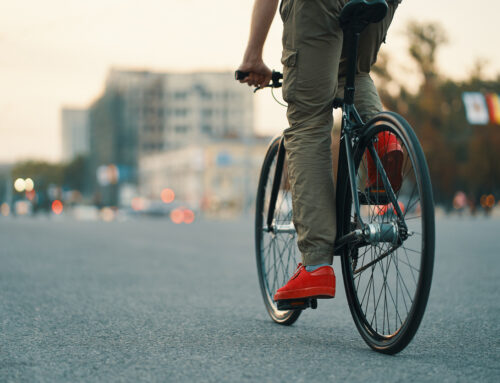

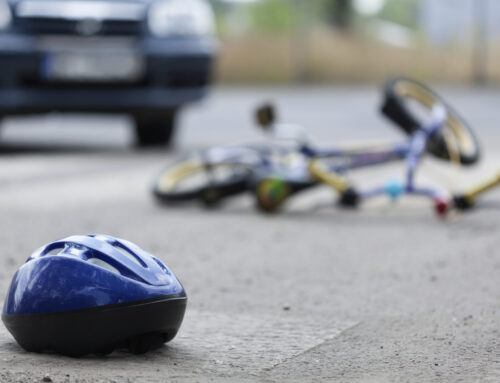






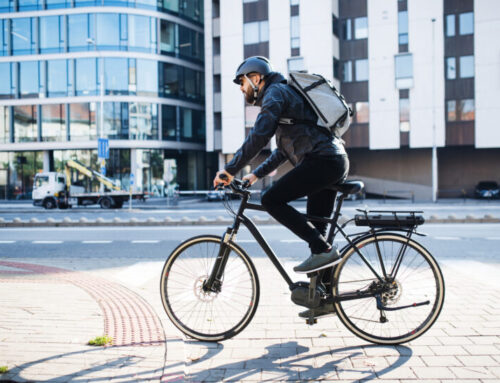







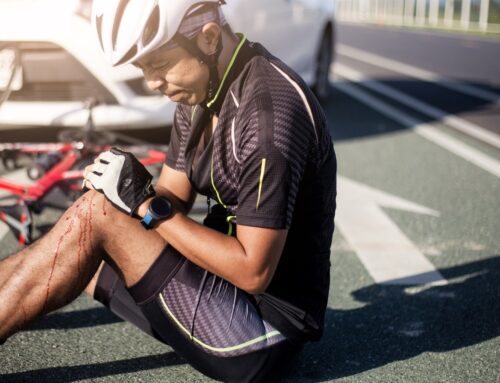








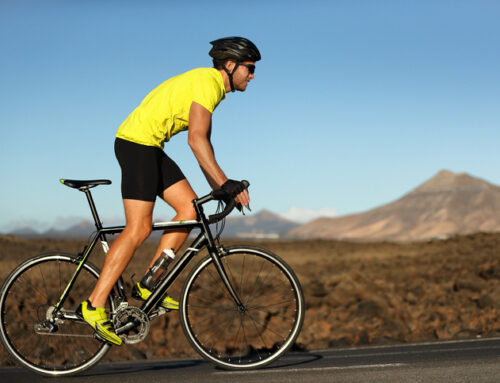
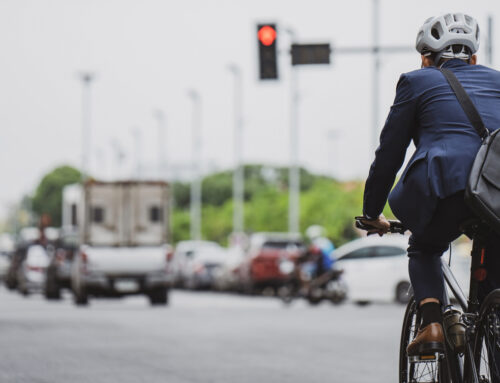
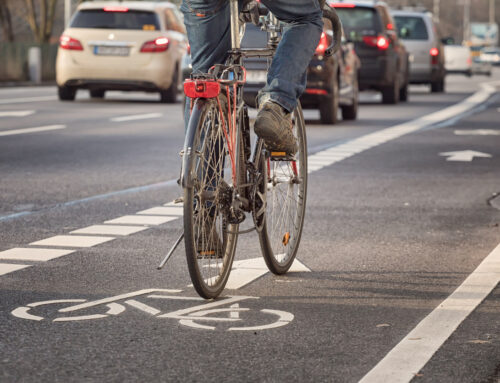
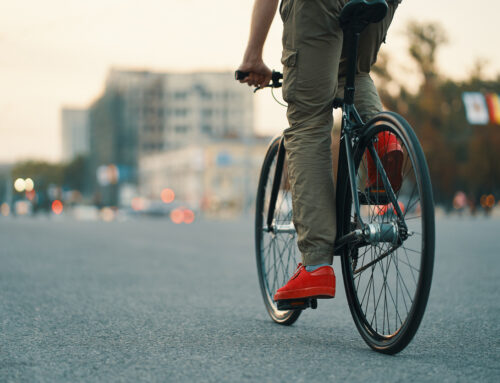

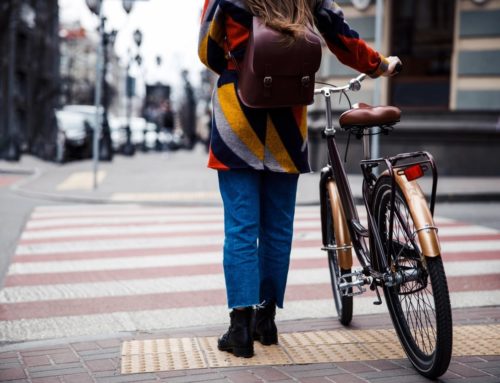




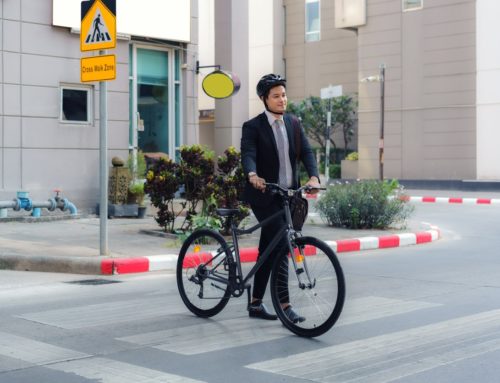






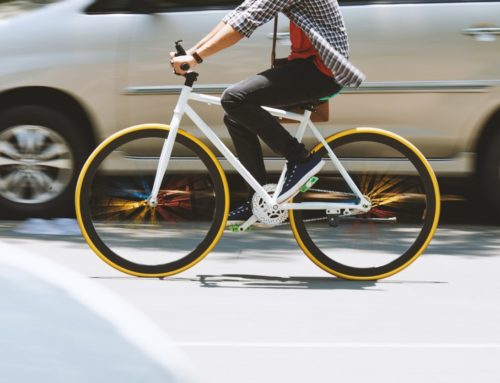
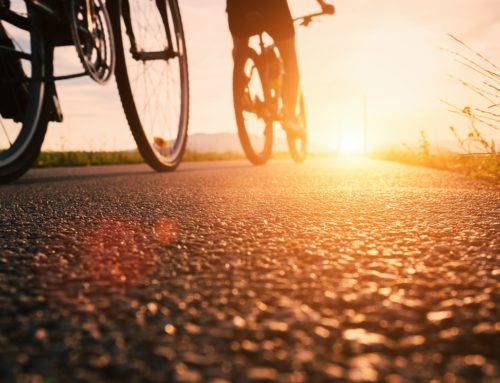



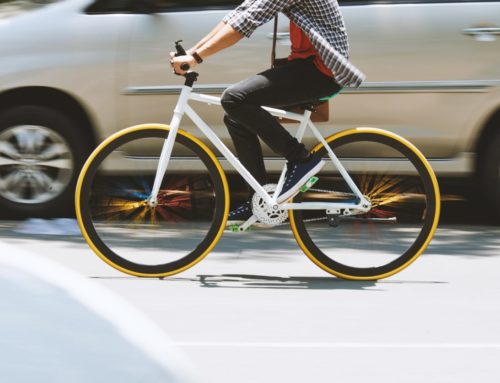
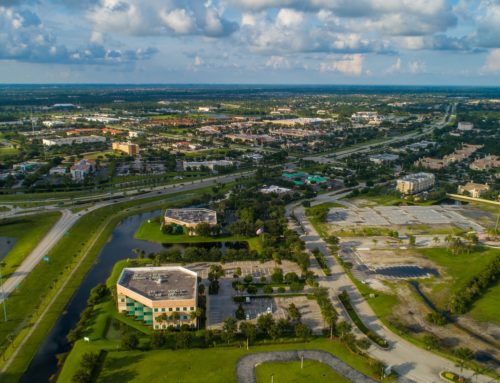



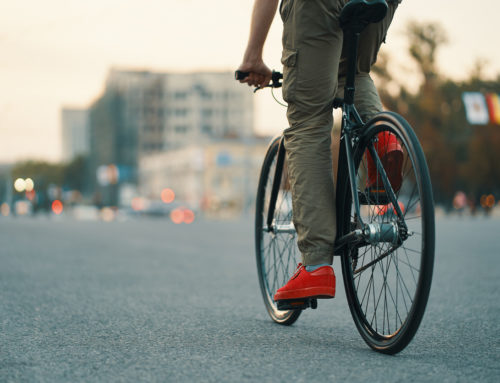


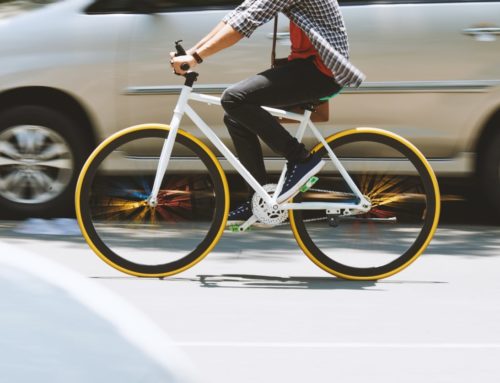
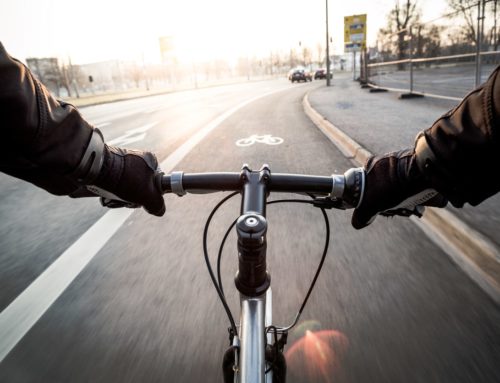
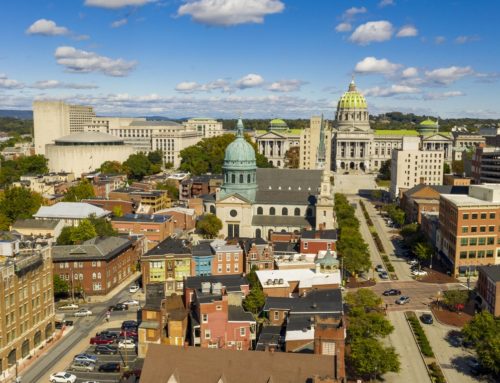
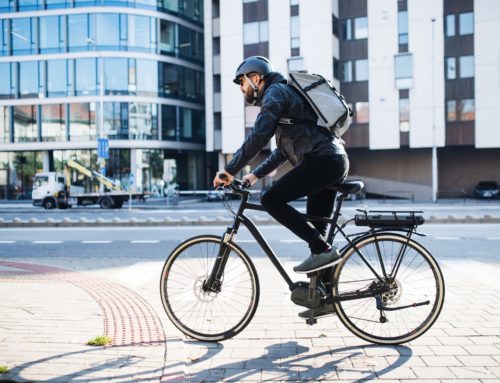


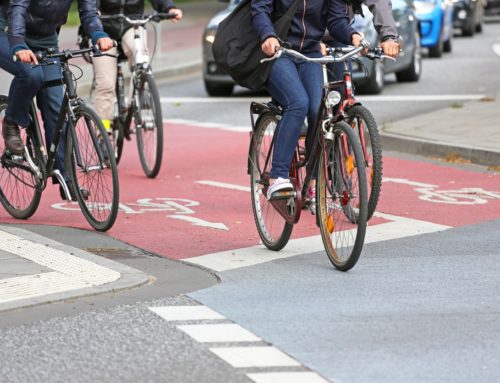
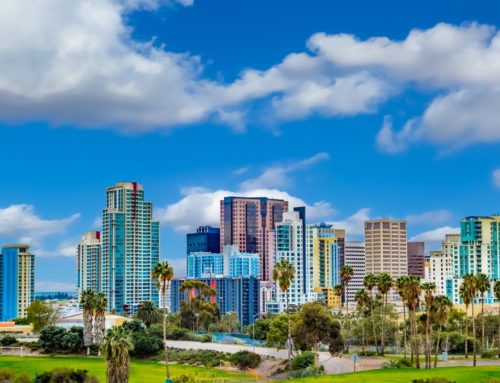

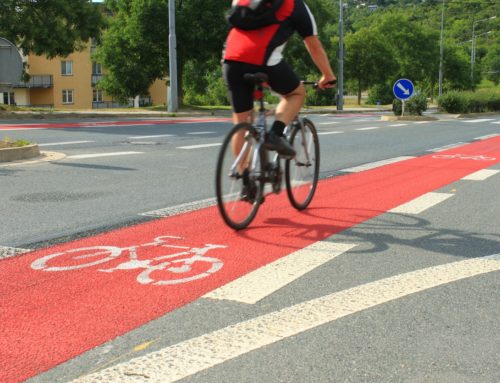
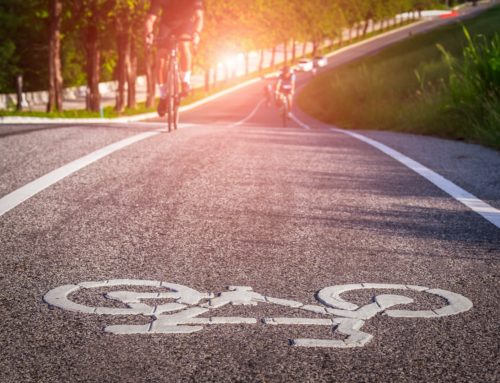












Leave A Comment